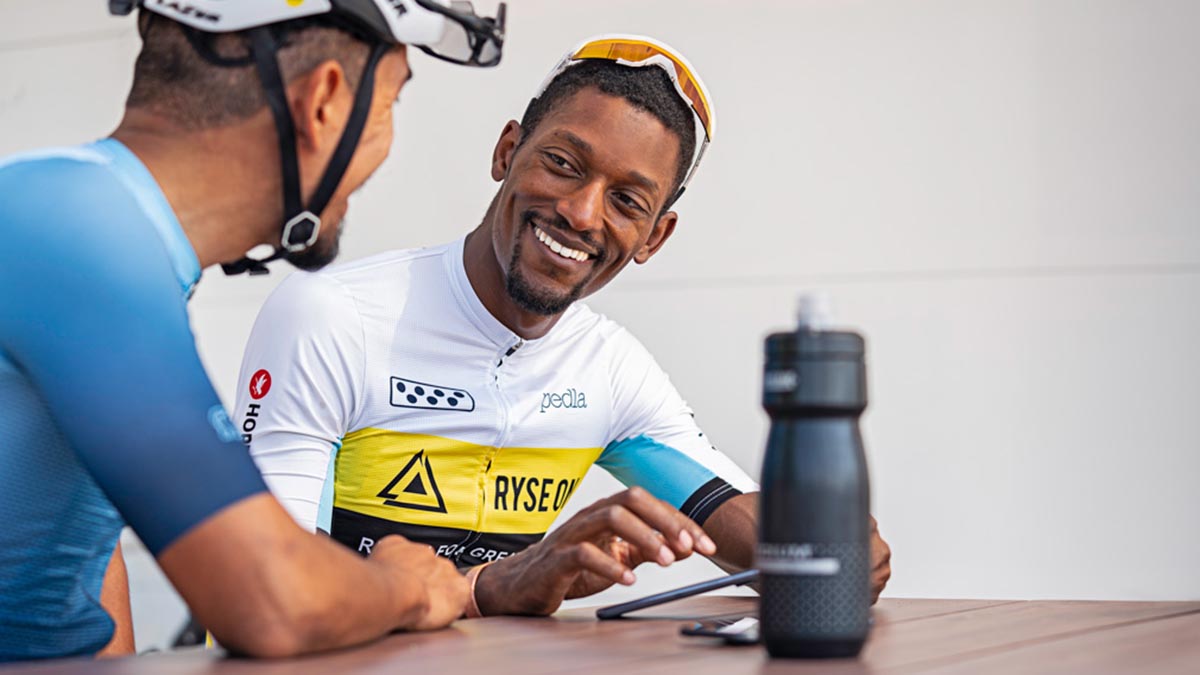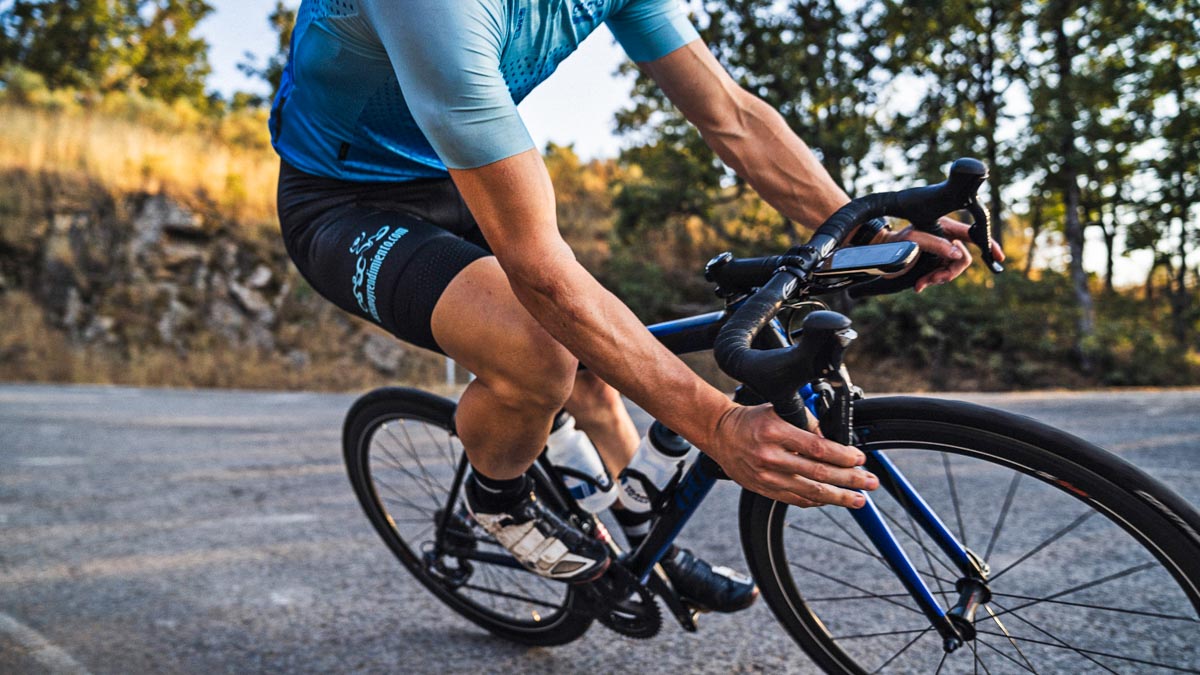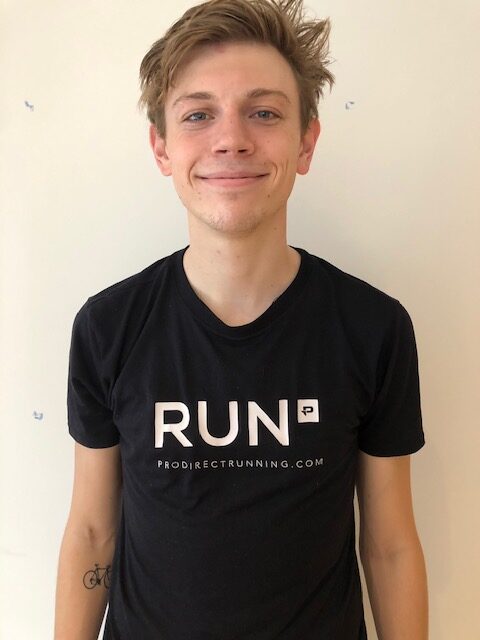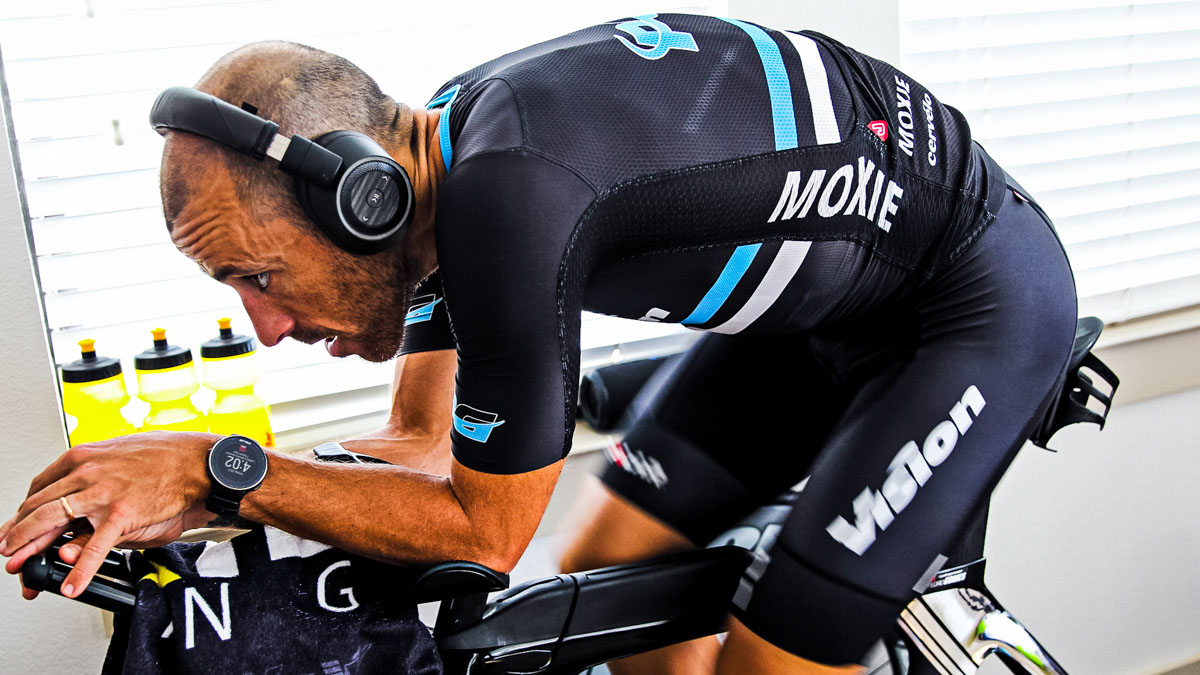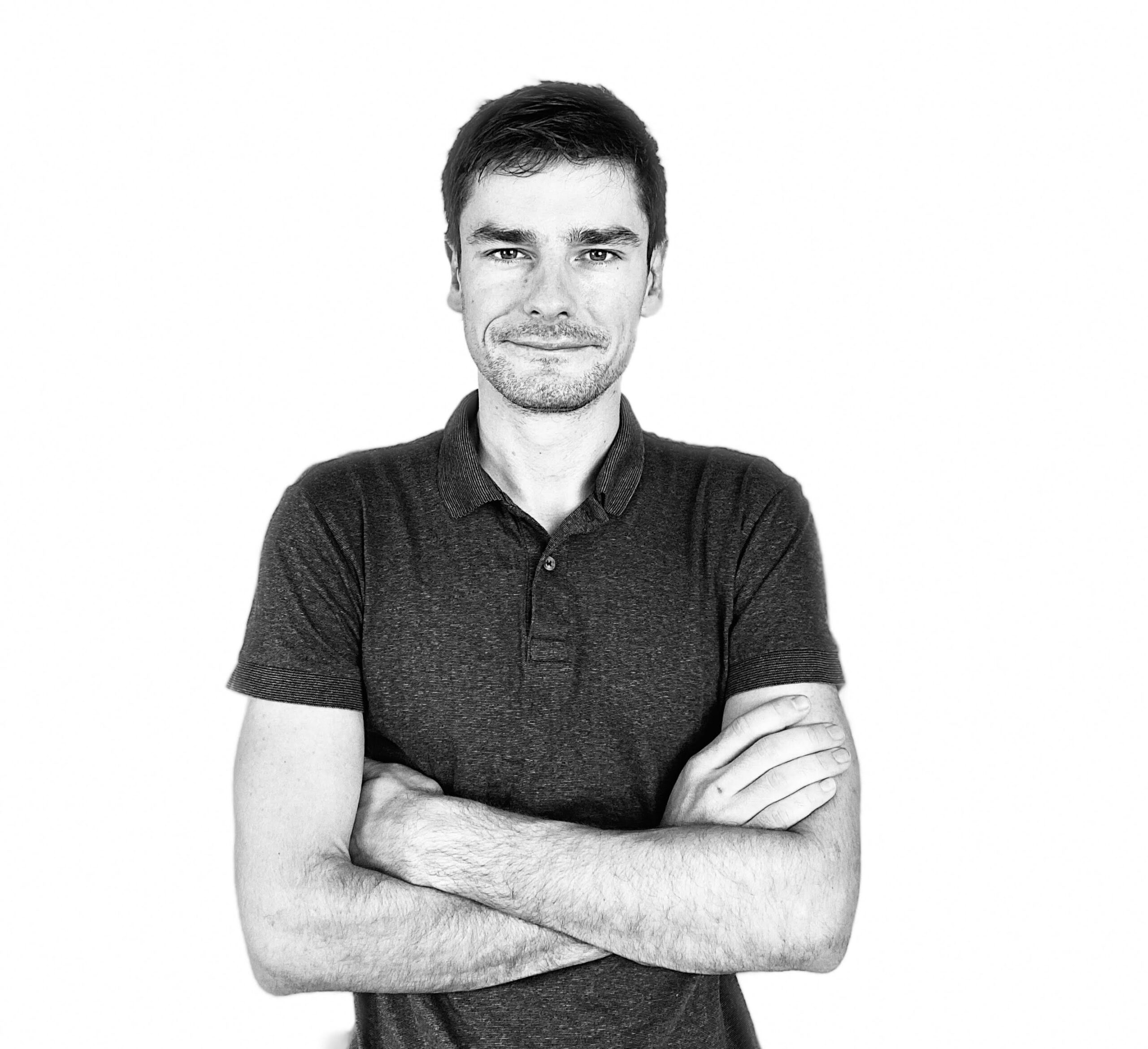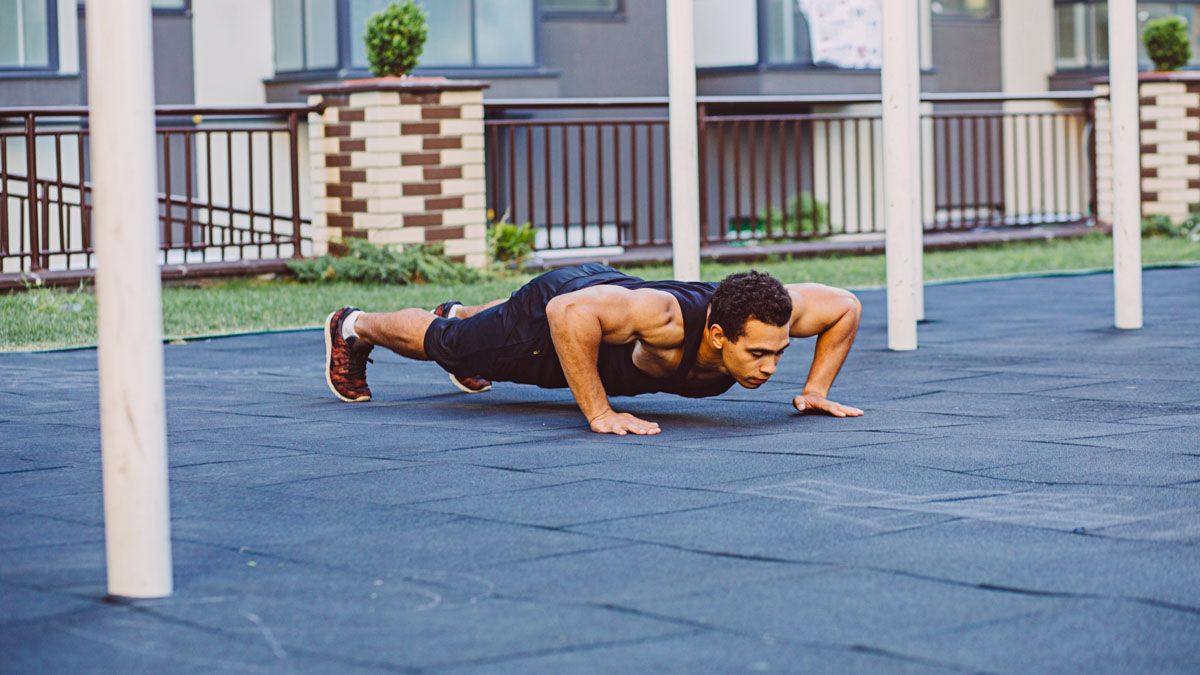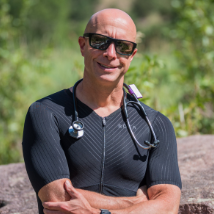Before we dive into pain prevention, let’s do a quick recap of pain sources from Part 1.
There are a wide variety of causes of back pain, including:
- Riding Posture
- Poor Bike fit
- Poor movement habits
- Misunderstanding of strength & movement training
These tend to be the top four contributors in cyclists & triathletes, although the “recipe” will vary from individual to individual. In order to counter these factors, we need to guide our cyclists & triathletes to be stronger and, most importantly, more resilient. This involves addressing a few pillars, including breathing and small “resets” throughout the day. These exercises will help begin to get your athletes and clients on track. If you’d like to learn more about the back and how to build strength programs, I have a whole chapter in my new book which goes into much more detail.
Basics for Preventing Back Pain
Let’s get into a few tools, which used appropriately and in the right amounts, can hugely benefit your clients and athletes — both those who are beginning to have their low back “talk” at the end of long or hard rides, as well as those who are healthy.
- Learning to Breathe
Sphynx Breathing
This drill looks very simple but is, in fact, quite challenging.
Start laying on your stomach, with your chin resting on top of your stacked fists, with your shoulders relaxed and your toes pointing behind you. Take five slow, deep breaths in through your nose, filling the lower back and area between your shoulder blades with air while keeping your shoulder blades and shoulders relaxed.
- Destressing the Discs
Hourly Computer Stretch
This drill is easy to perform and can be smattered throughout your client’s day at work and even into rest stops mid-ride. This simple drill allows us to destress the posterior (backside) of the discs and take some pressure from the passive tissues. Hold the position longer than the video by slowing the breathing down. Three to four sniffs of air through the nose will be plenty—no need to add more. - Building a Resilient Core
First things first. “The Core” is everything between your neck, elbows and knees.
This is fundamental in helping you, or your athletes, improve performance, let alone build a stronger, more resilient lower back.
Muscles of the core midsection work to deflect forces around the spine. Unlike the muscles of the limbs, which have agonists and antagonists, our torso musculature works together to help keep stresses off the spine — when used and built correctly.
“The Core” is everything between your neck, elbows and knees.
Foundational Core Building
A large part of building a core (again, everything between your neck, elbows, and knees) focuses on the musculature’s strength-endurance, not raw strength. Especially for athletes over the age of 50, how we get there will change, as several adjustments need to be considered.
Note that some of the videos showing the exercises here are explained in longer form. This is necessary to make sure your athletes understand what they need: A firm grasp of what needs to be practiced precisely. Be sure to watch the video in total, and then give these a try yourself before passing them along to your athletes and clients.
- McGill Crunch– This exercise is frequently demonstrated improperly, completely negating its benefits. Be sure to follow the cues carefully, and remember, less is more. Maintain great technique!
- Side Plank, Top foot forward Endurance Style– Note that the top foot is forward and the knees are straight. This is incredibly important, as it allows us to strengthen the internal & external oblique and recruit the adductors and glute med/min complex, thus affording far more benefits than the feet stacked variation.
Do not just go longer! If you’re looking to build endurance and resilience, we need small, short breaks between efforts between eight and 10 seconds in length. Start your clients with five sets of 10-seconds “on,” five seconds “rest” for each side. When they can perform all 5 with strength and great position, add another 10-second repetition to each side.
- Bird-Dog Progression– Make sure to meet your athlete where they are on the progression scale. All movement should come only from the hip and shoulder, with a locked-in core. Here are three common mistakes and how to avoid them.
- Clamshells – Make sure the setup is correct and that only the glute medius is used.
- Prone Hip Internal Rotation – The hips should be relaxed. Do not push the range of motion.
- Prone Shoulder Shimmy – Learn to separate the shoulder movement from the torso.
- Walking – Simply walking with relaxed shoulders and a nice, natural gait can significantly reduce stresses on the lower back tissues. However, walking the dog, carrying a water bottle in your hands, or pushing a stroller does not count.
Final Thoughts for Preventing Back Pain
While a common occurrence, especially in cyclists, back pain is by no means typical, nor is it easy to treat. There are multitudes of factors that come into play, and each must be carefully studied, in the appropriate context, to help determine the cause and the road to recovery.
For most cyclists, a simple, consistent program built to help address the most common variables from our sporting demands can help considerably reduce the risk of injury for those who are healthy and possibly help reduce pain or occurrences for those with small “niggles” here and there. For those working with cyclists & triathletes over the age of 50, there are several other very important considerations, which will be covered in my upcoming resource, which you can sign up for the waitlist here.
Suppose you or one of your athletes is suffering from back pain. In that case, it is always best to refer the situation to either a reputable physical therapist or to a McGill Certified Practitioner, who is highly trained with the skills and knowledge to help those with low back pain.

